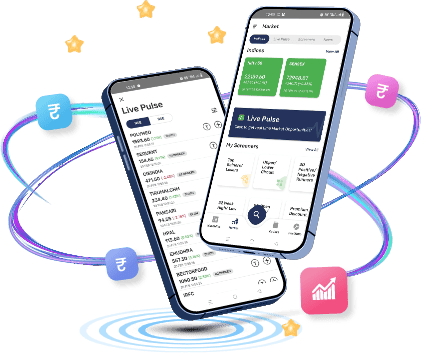“Ask” or “Offer” in the financial markets means a price at which an individual can sell a security. Else, it can also be called the Ask Price, i.e., the price at which an asset is ready to be sold by a seller at the lowest price. Ask Quote can even be quoted along with how many securities are available at the specified price.
Relevance in Trading:
- Bid-Ask Spread is used by investors and traders to measure trading costs and liquidity.
- A low Ask Price will encourage purchases of products and goods, but a high ask price will discourage short-term purchasing.
- Market demand, general economic conditions, and company performance will drive the ask price.
Key Points to Remember:
- A stock price is derived by uniting the Bid Price and the Ask Price, the highest price that a buyer is willing to pay.
- The Bid-Ask Spread is also called the Ask Price – Bid Price difference. A narrow spread is indicative of high liquidity, while a widespread is indicative of low liquidity and volatility.
- Liquidity providers and market makers set bid and ask prices competitively to facilitate trading.
Conclusion
Ask Price and Bid-Ask Spread must be analysed to make the right trading decisions. Security market makers need to know the ask price according to the current market conditions so that they may optimize their investment strategies. Investors may be cost-efficient if they observe these top indicators and can obtain the highest return.

